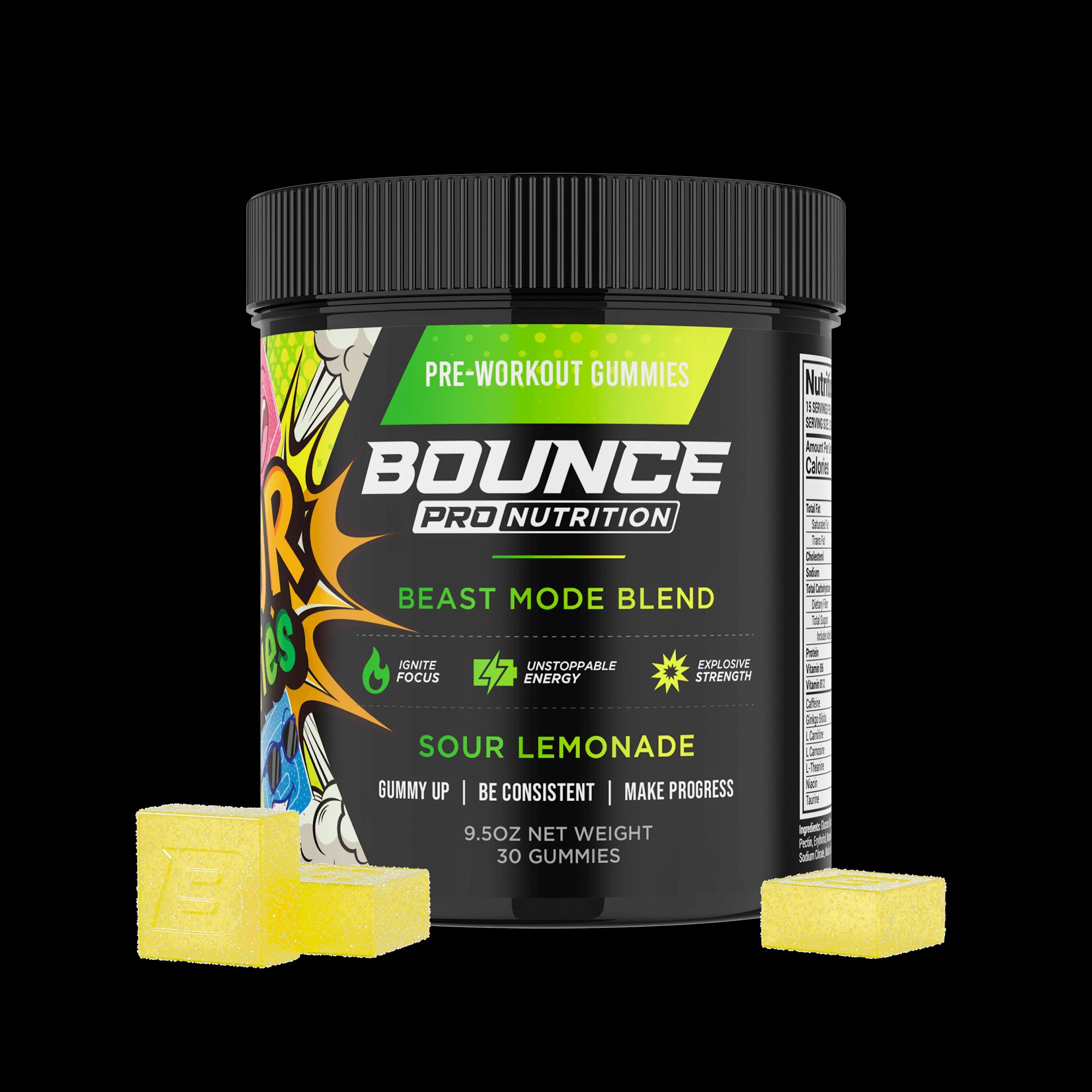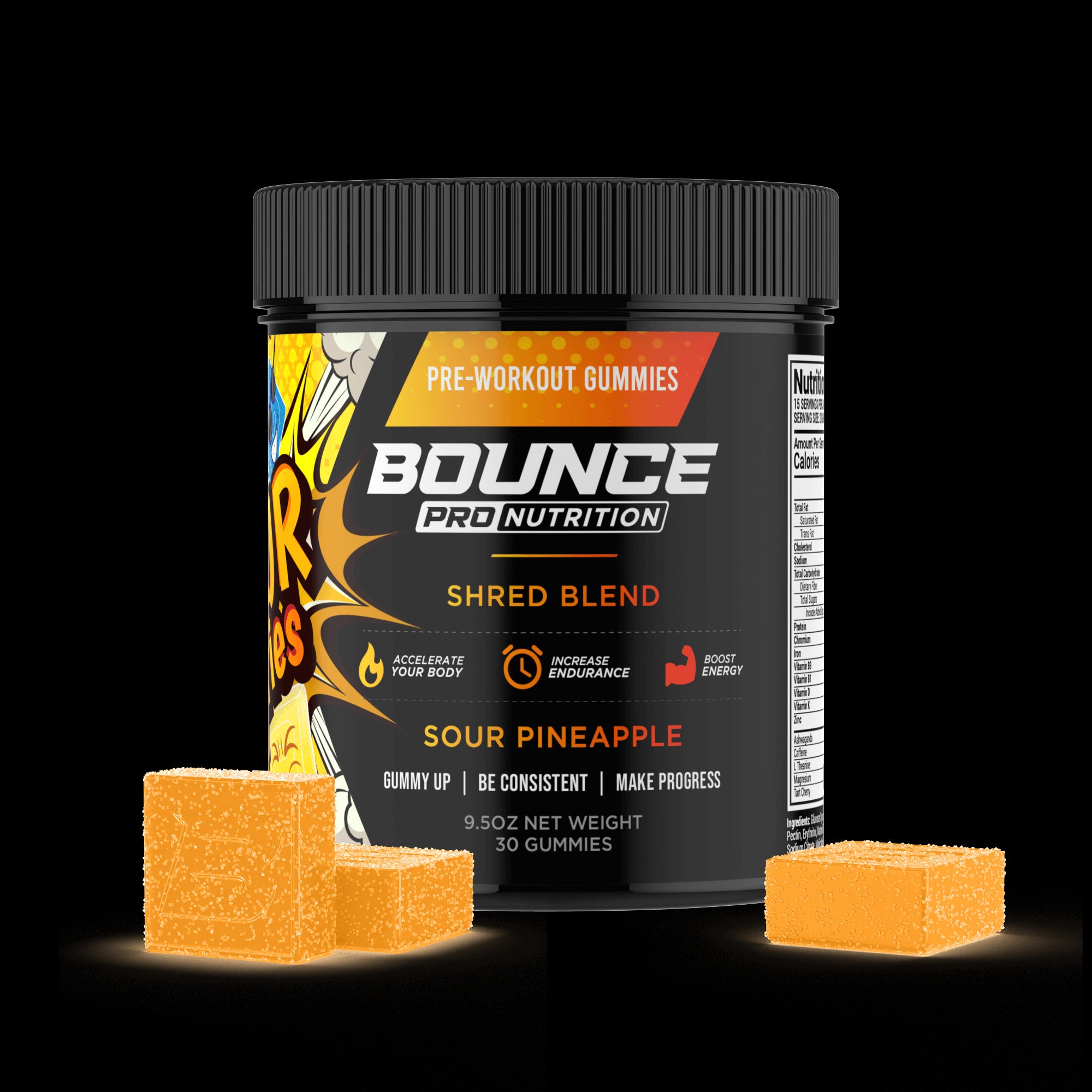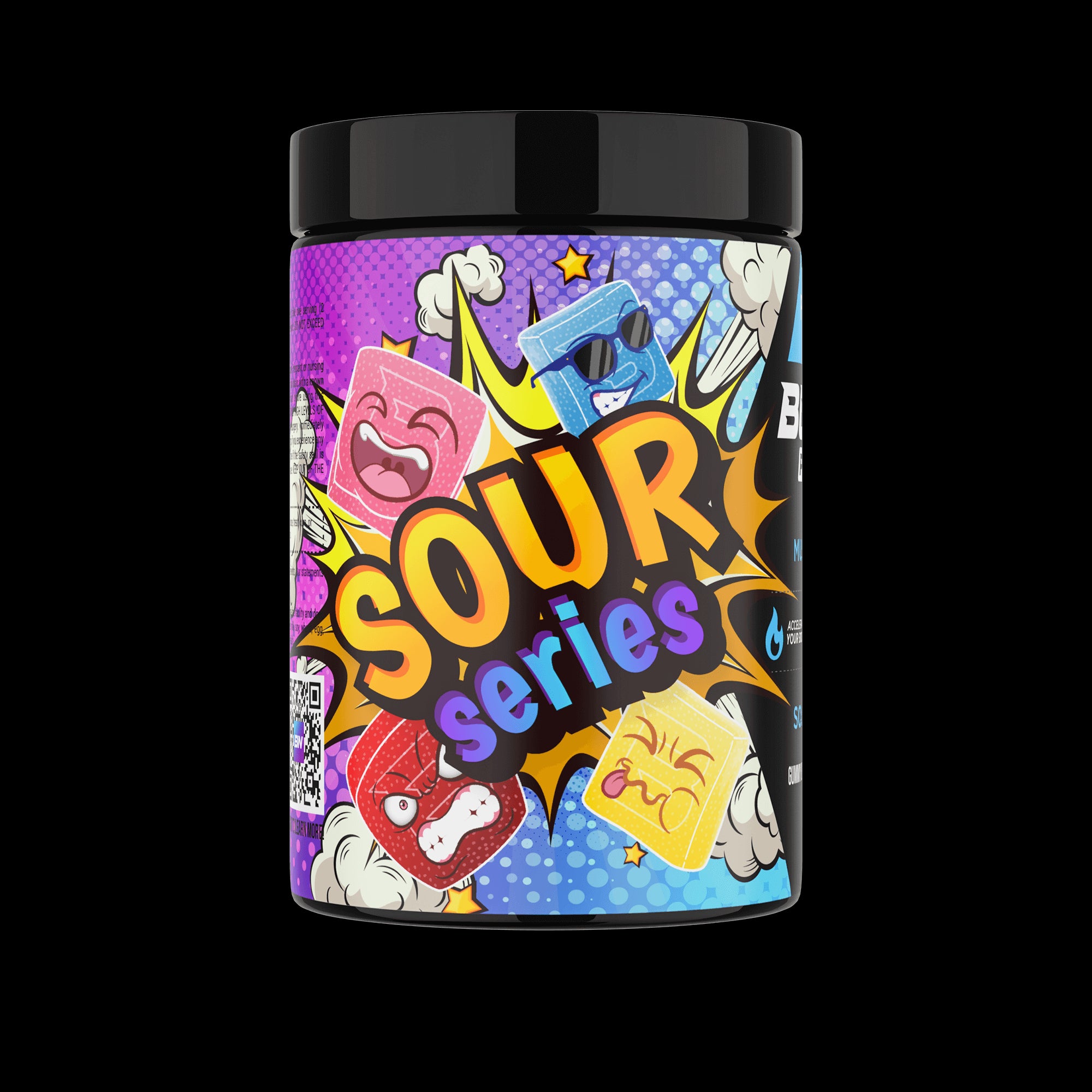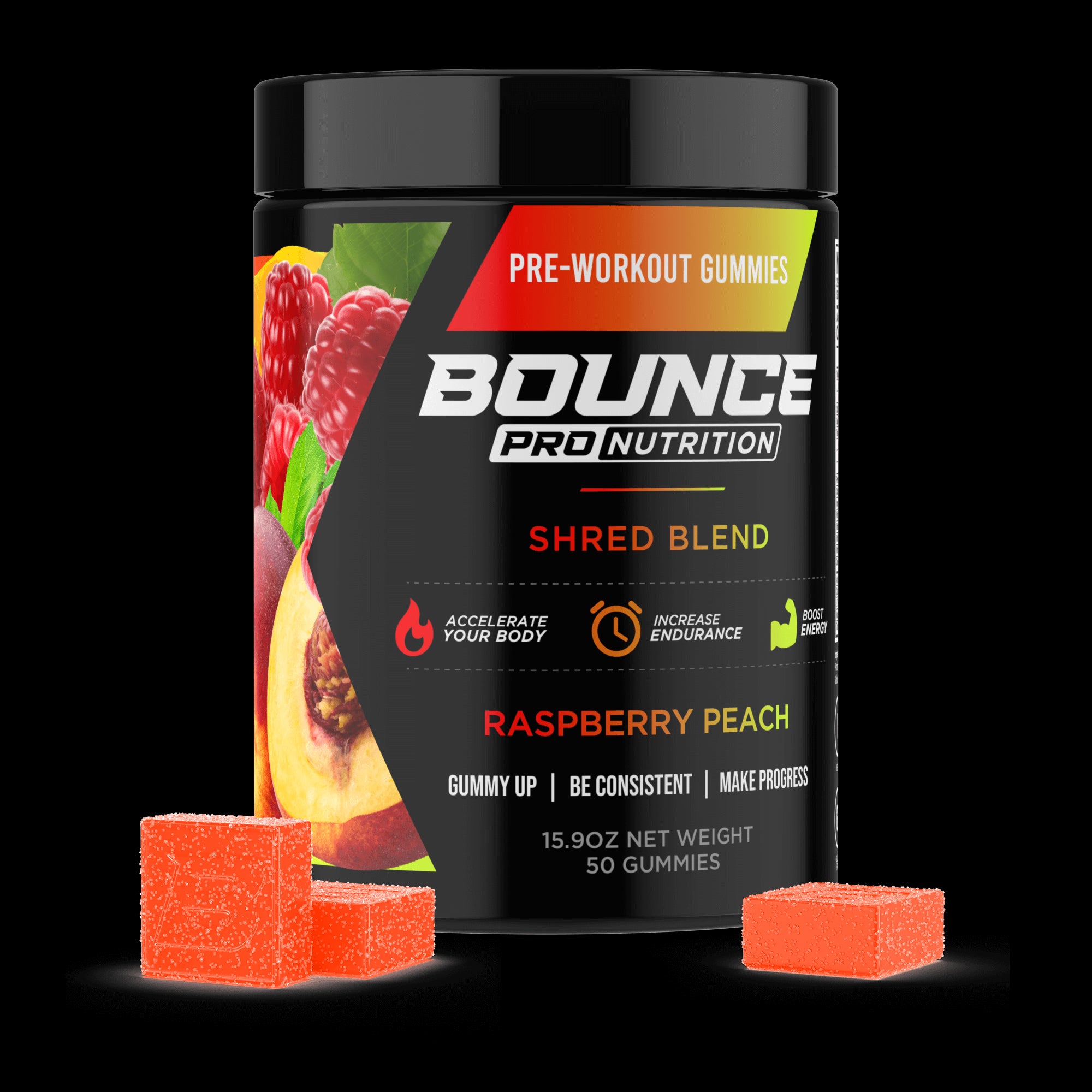When it comes to fitness supplements, creatine has stood the test of time as one of the most researched and widely used supplements for enhancing athletic performance, particularly in strength and power sports. Traditionally, creatine comes in powder or capsule form, but recent innovations have introduced creatine gummies as a more convenient and enjoyable option.
However, as with any edible supplement, the success of creatine gummies largely depends on two key factors: texture and flavor. That’s right, both texture and flavor can make or break the experience for users, and they have a significant role in whether consumers stick to the product or seek alternatives.
TO BUY CREATINE GUMMIES CLICK HERE
The Sensory Experience of Supplements
When taking any supplement, the sensory experience—how the product tastes, feels, and even smells—is an important factor that influences consumer satisfaction. Creatine gummies are no different. While their primary function is to provide the body with creatine for improved muscle performance, the user's interaction with the gummy shapes their overall perception of the product.
Taste as a Primary Driver
Flavor plays a pivotal role in the sensory appeal of creatine gummies. If a gummy tastes unpleasant, it may be difficult for users to maintain consistent intake, even if they know the benefits. A sweet, well-balanced flavor that masks the often bitter or neutral taste of creatine is crucial for a positive experience. Additionally, unlike capsules or powders, where taste is often secondary to function, gummies are chewed and savored, meaning flavor has more impact.
Texture’s Role in Satisfaction
Texture is equally important. The chewiness or softness of the creatine gummy affects how pleasant the product is to consume. Some prefer a softer, quick-chew experience, while others enjoy the resistance that comes with a slightly firmer texture. Poor texture—whether too hard, rubbery, or sticky—can easily detract from the overall experience, making the user less likely to return to that product.
The Psychology of Food Enjoyment
Eating is not just a biological necessity but also a deeply psychological activity. Our brains are wired to derive pleasure from food, and this is where texture and flavor come into play with creatine gummies.
Taste Preferences and Habit Formation
Flavor directly affects the likelihood of long-term usage of any supplement. The taste of creatine gummies taps into the brain's reward system. When a gummy tastes good, the brain releases dopamine, reinforcing the positive experience and making the individual more likely to reach for that product again.
On the other hand, if the flavor is off, it might become a mental chore to take the supplement, increasing the chances of discontinuation. Given that creatine must be taken regularly to produce optimal results, taste is a significant factor in forming a consistent habit.
Texture and Oral Sensory Feedback
Texture plays into something called “oral sensory satisfaction”, which refers to how enjoyable the process of eating something feels. People often associate chewy or gummy textures with treats or rewards, adding a positive layer to the experience of taking a supplement. When the texture is off, users may feel dissatisfied, even if the flavor is pleasant. Consuming a creatine supplement should never feel like a chore, and texture plays a critical role in preventing this.
Flavor: The First Line of Engagement
The initial thing consumers notice about a creatine gummy is its flavor. This immediate impression can set the tone for their entire experience. Flavors that are too artificial, overly sweet, or just plain unappealing can turn people off the product, no matter how effective the supplement itself is.
The Importance of Natural Flavors
Consumers today are increasingly mindful of artificial ingredients, which means that artificial flavoring can be a significant downside for creatine gummies. Natural flavors not only taste better but also enhance the perception of the product as a healthier alternative. Fruit-based flavors, for instance, are popular in the gummy world because they are familiar, fresh, and refreshing.
Flavor Profile and Masking the Creatine Taste
Creatine, in its raw form, has a somewhat neutral to bitter taste. Gummies often need a robust flavor profile to mask this, and companies invest in creating complex flavor combinations to achieve this. Whether it's a fruity explosion or a tropical mix, the flavor must be strong enough to cover any residual bitterness without being overpowering.
Variety of Flavors to Cater to Preferences
Another important factor is offering a range of flavors. While one person may prefer strawberry, another might enjoy citrus. By providing a variety of options, manufacturers can cater to a broader range of consumers. Additionally, having different flavors helps prevent "flavor fatigue," where the user grows tired of the same taste over time.
Texture: The Often Overlooked Essential
While flavor is often the first concern when choosing a creatine gummy, texture should not be overlooked. The texture defines the "feel" of the gummy in the mouth and can greatly influence the user’s overall satisfaction.
Chewy vs. Soft Gummies
Gummies that are too hard or too soft can be off-putting. A gummy that sticks to the teeth or leaves a residue might create an unpleasant experience, leading the consumer to think twice before using it again. Ideally, the texture should strike a balance between being chewy enough to feel substantial but soft enough to be easy to consume. Overly hard gummies may frustrate consumers who want a quick and effortless experience, while overly soft gummies may feel too delicate and unsatisfying.
Consistency Across Batches
Texture consistency is also important across batches. If a consumer purchases a creatine gummy and finds it has the perfect chewiness, they will expect the same from every batch they buy. Inconsistent texture can lead to disappointment and a loss of trust in the brand.
How Flavor and Texture Affect Marketability
Creatine gummies are not just a functional supplement—they are a product meant to be enjoyed, and enjoyment drives sales. Companies that prioritize flavor and texture in their creatine gummies will likely see higher customer satisfaction and retention. In fact, poor flavor or texture could lead to negative reviews, reduced customer loyalty, and ultimately a decline in sales, and here’s mainly why:
- Positive Word of Mouth: Gummies that taste great and feel good to eat are more likely to be shared with friends or recommended online. Positive word-of-mouth is invaluable in the supplement industry, where trust plays a major role in purchasing decisions. A well-flavored, properly textured creatine gummy can turn a casual buyer into a long-term customer who champions the product.
- Brand Loyalty Through Sensory Appeal: In an increasingly competitive market, brands need every advantage to stand out. Flavor and texture are two aspects that can differentiate a product from the myriad of other creatine supplements available. A creatine gummy that feels like a treat rather than a chore to consume can build brand loyalty, as consumers are more likely to repurchase a product they enjoy using.
Creating the Perfect Creatine Gummy: Challenges for Manufacturers
Manufacturing creatine gummies that satisfy consumers in both flavor and texture isn’t easy. There are several challenges manufacturers must overcome to create the perfect product, such as these two:
why:
- Balancing Functional Ingredients with Taste: Creatine, while effective, can be tricky to formulate into a gummy without affecting flavor. Companies must balance the functional ingredients (like creatine) with flavoring agents and sweeteners to ensure the product remains effective without sacrificing taste. The goal is to mask any unpleasant aftertaste while keeping the gummy's overall taste profile enjoyable.
- Maintaining Texture in Formulation: Texture is affected by the ingredients, manufacturing process, and storage conditions. Gummy manufacturers need to ensure that the texture remains consistent throughout the shelf life of the product. Factors like humidity and temperature can alter the chewiness or firmness, so careful formulation and packaging are necessary to preserve texture.
Bottom Line: Texture and Flavor are Critical Elements That Can Make or Break the Success of Creatine Gummies!
While the primary function of these supplements is to deliver creatine efficiently, the sensory experience—especially in the form of taste and mouthfeel—have a pivotal role in consumer satisfaction.
Once again, a creatine gummy with poor flavor or texture can lead to inconsistent use, ultimately negating the benefits of the supplement. Conversely, a product that tastes great and feels pleasant to chew can create a positive, enjoyable experience, leading to better compliance, customer loyalty, and long-term success.
Bounce Nutrition Creatine Gummies offer a convenient and tasty way to supplement creatine. Not only are these the first real 2 gram creatine gummies in the world, but they also come in three amazing flavors: Berry Snow Cone, Peach Rings, and Cherry Lime. No doubt, these vegan Creatine Gummies will finally make taking creatine fun.

























